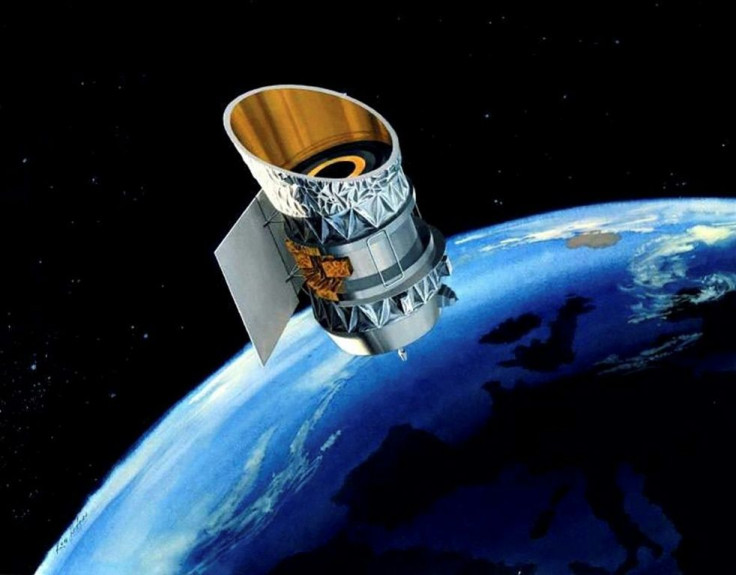NASA Terminates Space Telescopes, Science Missions For 2021 Budget Request

KEY POINTS
- NASA submitted a budget request report for the 2021 fiscal year
- An increased budget will be used for the Moon and Mars missions
- NASA will terminate several missions and projects for the new budget
Two space telescope missions and other scientific projects are in danger of getting axed according to a budget proposal report submitted by NASA and the White House. The decision to terminate these projects seems to stem from the need to boost NASA’s budget for its upcoming Moon and Mars missions.
Details of the budget request were presented in a new report submitted on Feb. 10. It details NASA’s budget plans for the 2021 fiscal year, which includes a request for an increase of $25.2 billion in funding.
As noted by the agency in the report, the 12% increase in NASA’s budget will primarily focus on the costs needed to prepare a return mission to the Moon and the first human expedition to Mars. However, in exchange for the boost in funding, NASA noted that it would terminate several projects.
One of the projects that NASA will stop is the Wide Field Infrared Survey Telescope (WFIRST). It was supposed to serve as NASA’s next flagship space telescope that will provide astronomers with a better view of the universe.
Unfortunately, NASA has decided to terminate the project due to delays and the growing cost of its development. Instead, NASA will solely focus on the James Webb Space Telescope.
“The Administration is not ready to proceed with another multi-billion-dollar space telescope until Webb has been successfully launched and deployed,” the agency stated in the report.
Another telescope that will cease to operate following the approval of the budget request is the Stratospheric Observatory for Infrared Astronomy (SOFIA) telescope. This is NASA’s airborne observatory that’s mounted on a 747 aircraft.
According to NASA, the SOFIA telescope’s discoveries and contributions have been quite disappointing given its annual operational cost.
“The science productivity for this telescope falls short of that expected for a large mission with annual operating costs exceeding $80 million,” the agency stated.
Aside from these telescopes, NASA will also terminate two science missions that are focused on studying Earth from orbit. These two missions were supposed to observe Earth’s atmosphere and oceans and provide accurate measurements regarding the planet’s climate.
© Copyright IBTimes 2025. All rights reserved.




















